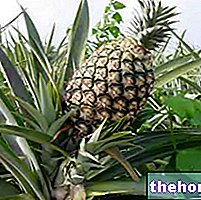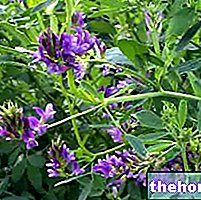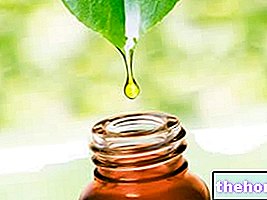
Scientific name
Silybum marianum, syn. Carduus marianus L.Family
Asteraceae (Compositae)Origin
The milk thistle is a plant widespread in central-southern Italy and in the islandsParts Used
The drug consists of the flowering tops and seeds.Chemical constituents
- Flavolignans (these components form a phytocomplex called silymarin, mainly consisting of three molecules: silybin, silycristin and silydianin);
- Flavonoids (apigenin, quercetin, kaempferol);
- Tocopherols;
- Sterols (sitosterol, campesterol);
- Tannins;
- Bitter substances;
- Amine (histamine, tyramine);
- Oils (linoleic, oleic and palmitic acids).
Milk thistle in herbal medicine: Properties of the milk thistle
The silymarin present in milk thistle possesses an "antioxidant and hepatoprotective action, which makes it indicated in the forms of hepatocellular suffering of various origins (accelerates the liver regeneration process by increasing the metabolic activity of hepatic cells; stimulates protein synthesis; performs a defense function against several hepato-toxic substances, including alcohol).




























